Russel-silver Syndrome
Russel-silver syndrome. Intrauterine growth restriction IUGR and postnatal growth deficiency are primary features of Russell-Silver syndrome. RSS is characterized by severe intrauterine and postnatal growth retardation. Other features may include poor appetite clinodactyly curved finger digestive system abnormalities.
The condition is very rare and can be found to occur one in every 50 000 to one in very 100 000 live births. This Consensus Statement summarizes recommendations for clinical diagnosis investigation and management of patients with Silver-Russell syndrome SRS an imprinting disorder that causes prenatal and postnatal growth retardation. Individuals with RSS also commonly have developmental delay and characteristic triangular facies.
Considerable overlap exists between the care of individuals born small for gestational age and those with SRS. Russell-Silver syndrome RSS or Silver-Russell syndrome is one of the growth deficiency disorders that is now part of an increasing group of congenital imprinting disorders. Russell Silver syndrome is one of the two hundred forms of dwarfism and also one of the 5 forms of primordial dwarfism.
Russell-Silver dwarfism is a very rare syndrome representing a form of primordial dwarfism. Russell-Silver syndrome RSS is currently a clinical diagnosis based on a combination of characteristic features. A rare inherited growth disorder characterized by growth retardation feeding difficulties failure to thrive facial abnormalities and asymmetry of limbs.
Russell-Silver syndrome RSS is a rare condition associated with poor growth both before and after birth. Because the condition varies widely in severity and many of its features are nonspecific making a diagnosis can be difficult. But this estimation of the rate of incidence for Russell Silver syndrome is also a matter of debate.
It is characterized by stunted growth and limb or. Camptodactyly or clinodactyly may be present. Silver Russell Syndrome SRS or Russell Silver Syndrome RSSSRS is a rare disorder characterized by intrauterine growth retardation and postnatal growth deficiency along with a handful of common physical characteristics and a range of other symptoms.
Silver Russell Syndrome What is Silver Russell Syndrome SRS is a very rare undergrowth condition affecting around 1 in 15000 births each year and is characterised. Head growth is normal however so the head may appear unusually large compared to the rest of the body.
Camptodactyly or clinodactyly may be present.
Considerable overlap exists between the care of individuals born small for gestational age and those with SRS. It is characterized by stunted growth and limb or. Russell-Silver syndrome RSS is currently a clinical diagnosis based on a combination of characteristic features. But this estimation of the rate of incidence for Russell Silver syndrome is also a matter of debate. Signs and symptoms vary and may include low birth weight short stature characteristic facial features large head in relation to body size body asymmetry and feeding difficulties. Russell Silver syndrome is one of the two hundred forms of dwarfism and also one of the 5 forms of primordial dwarfism. Babies with this condition have a low birth weight and often fail to grow and gain weight at the expected rate failure to thrive. Russell-Silver syndrome RSS sometimes called Silver-Russell syndrome SRS is a congenital condition. Russell-Silver syndrome RSS is a rare condition associated with poor growth both before and after birth.
Russell-Silver syndrome is a growth disorder characterized by slow growth before and after birth. In most families a proband with Silver-Russell syndrome SRS represents a simplex case a single affected family member and has SRS as the result of an apparent de novoepigenetic or genetic alteration eg loss of paternal methylation at the 11p15 ICR1 H19IGF2 imprinting center 1 or maternal uniparental disomy for chromosome 7. Russell-Silver syndrome RSS is a rare condition associated with poor growth both before and after birth. Russell-Silver syndrome RSS is currently a clinical diagnosis based on a combination of characteristic features. But this estimation of the rate of incidence for Russell Silver syndrome is also a matter of debate. Considerable overlap exists between the care of individuals born small for gestational age and those with SRS. Camptodactyly or clinodactyly may be present.
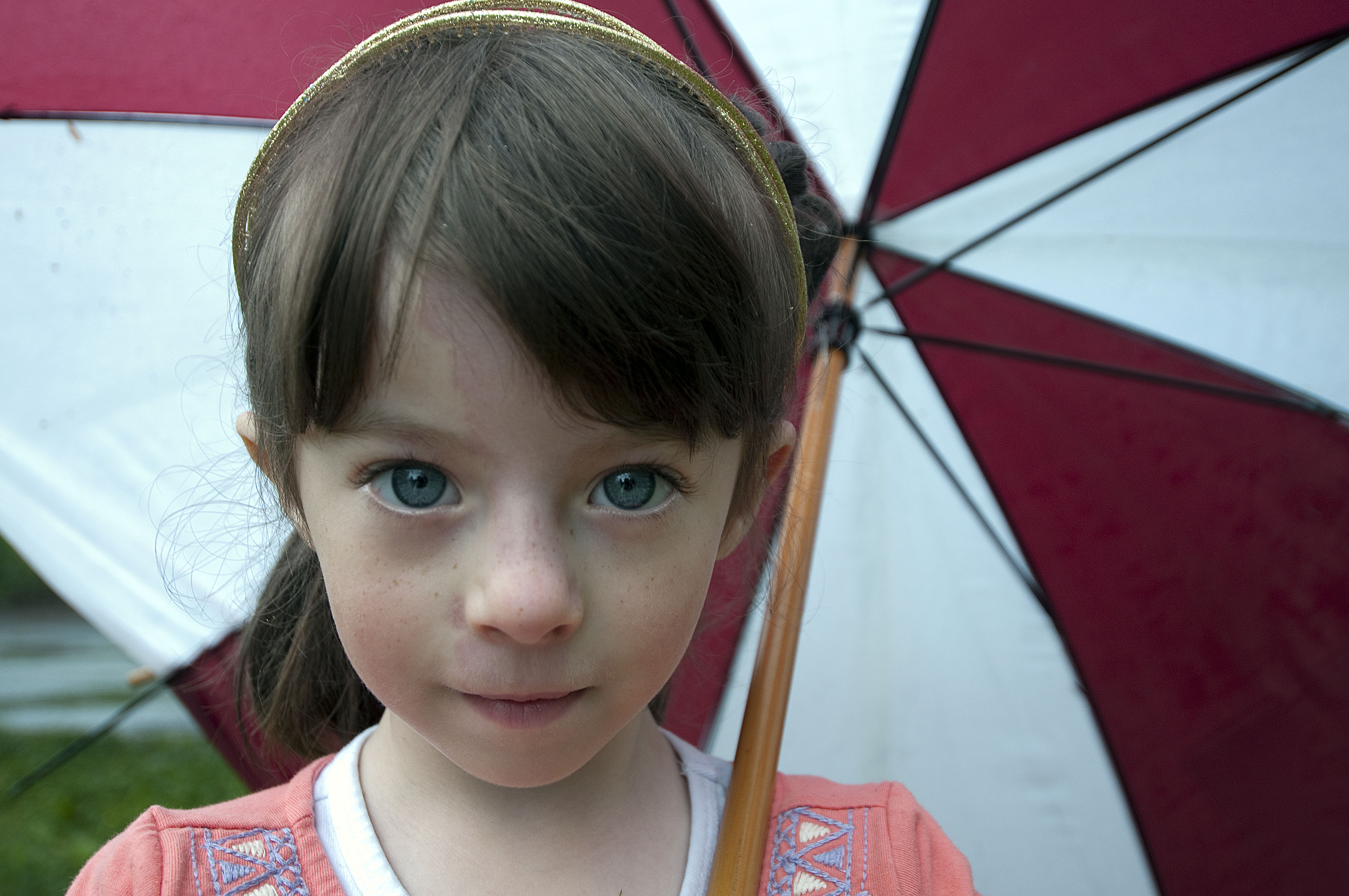

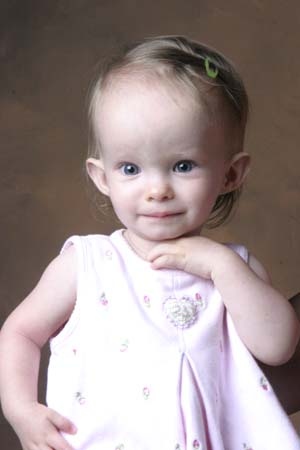







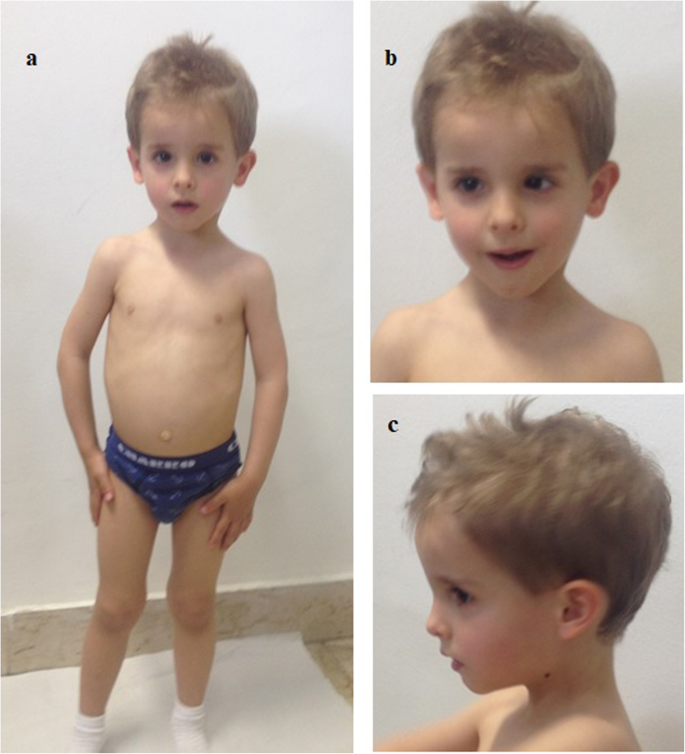



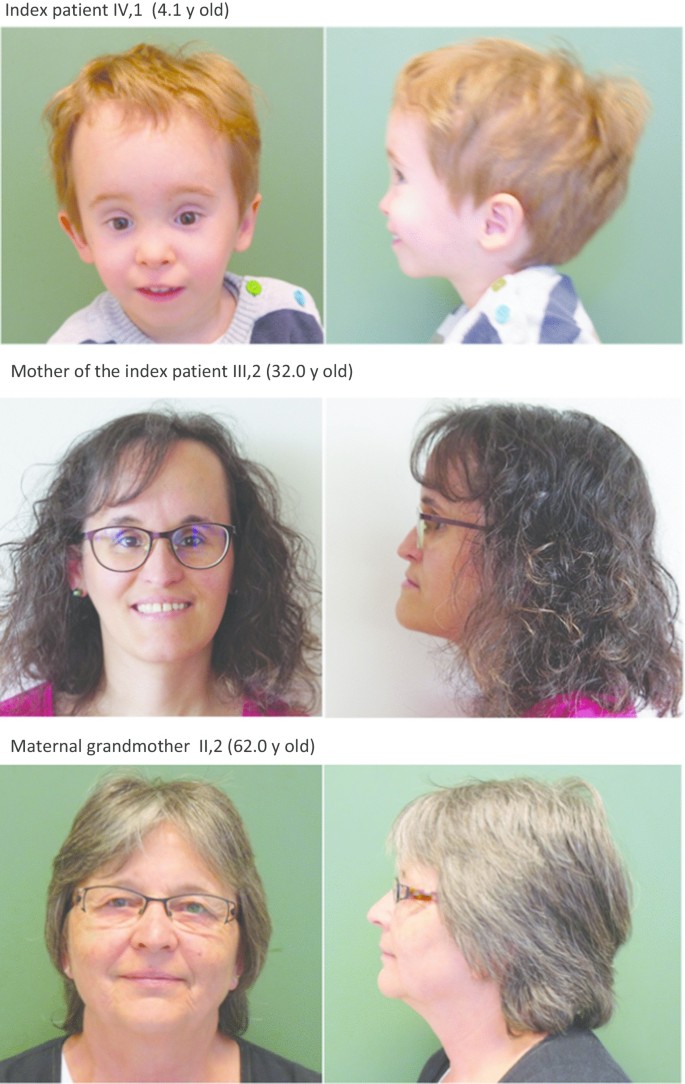

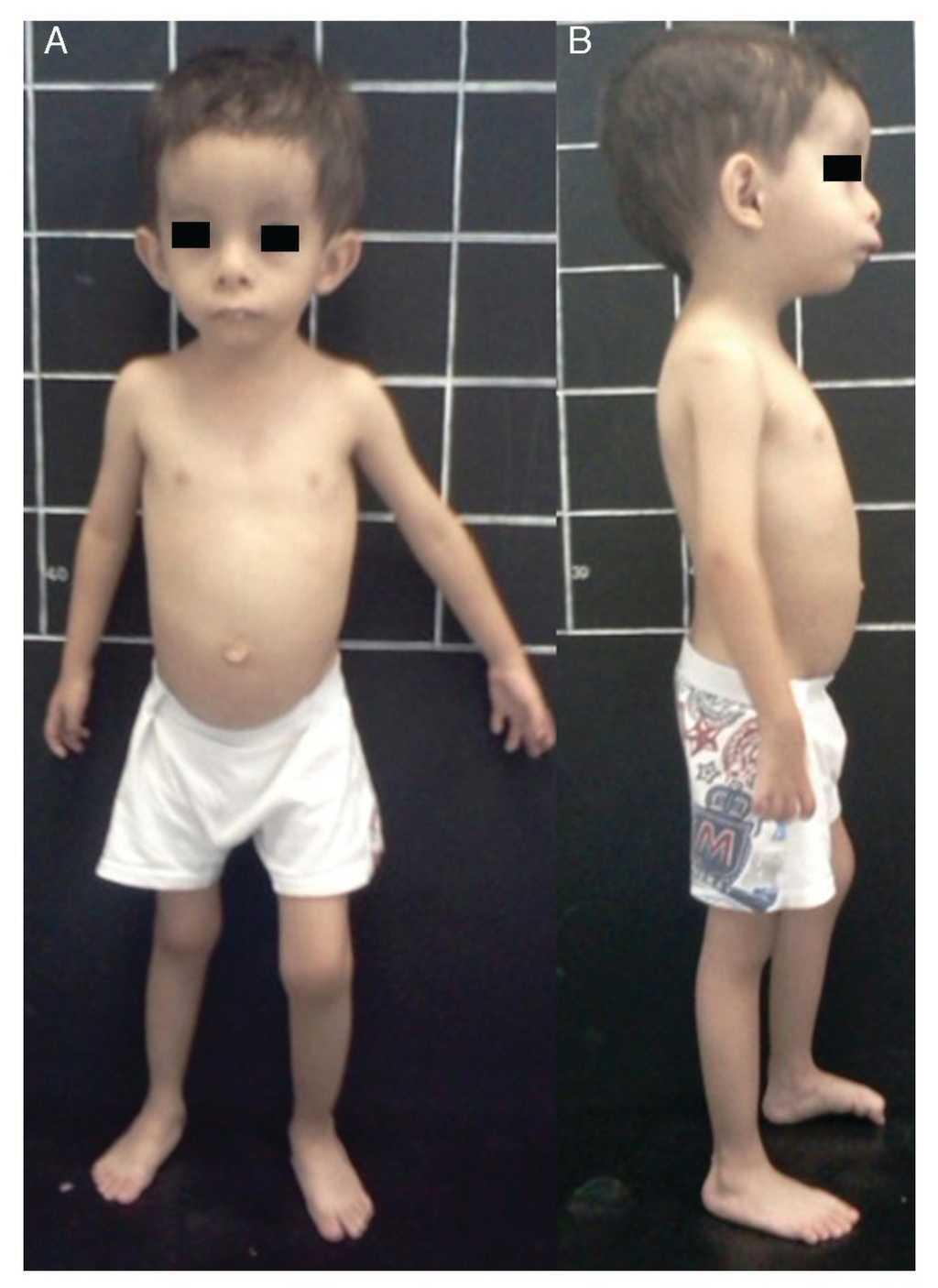













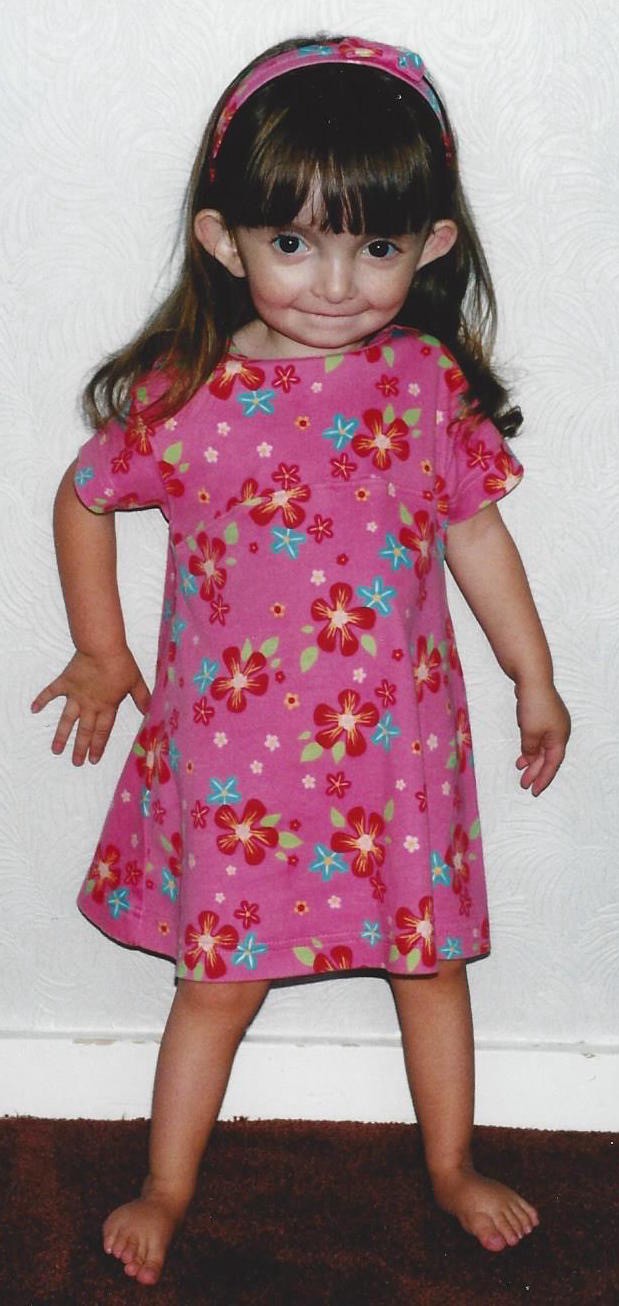




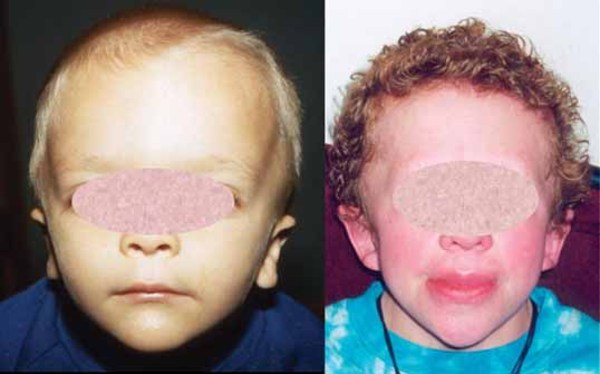
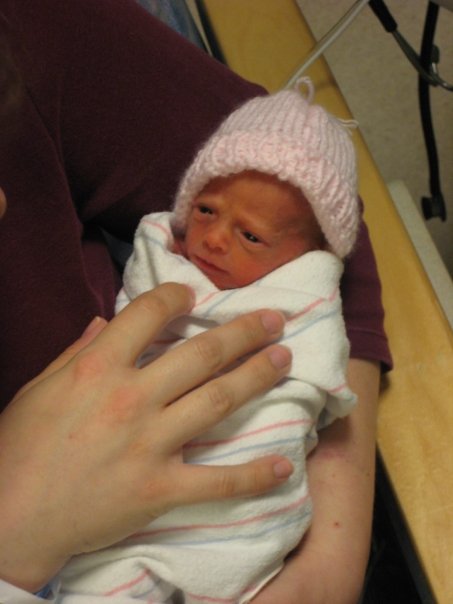
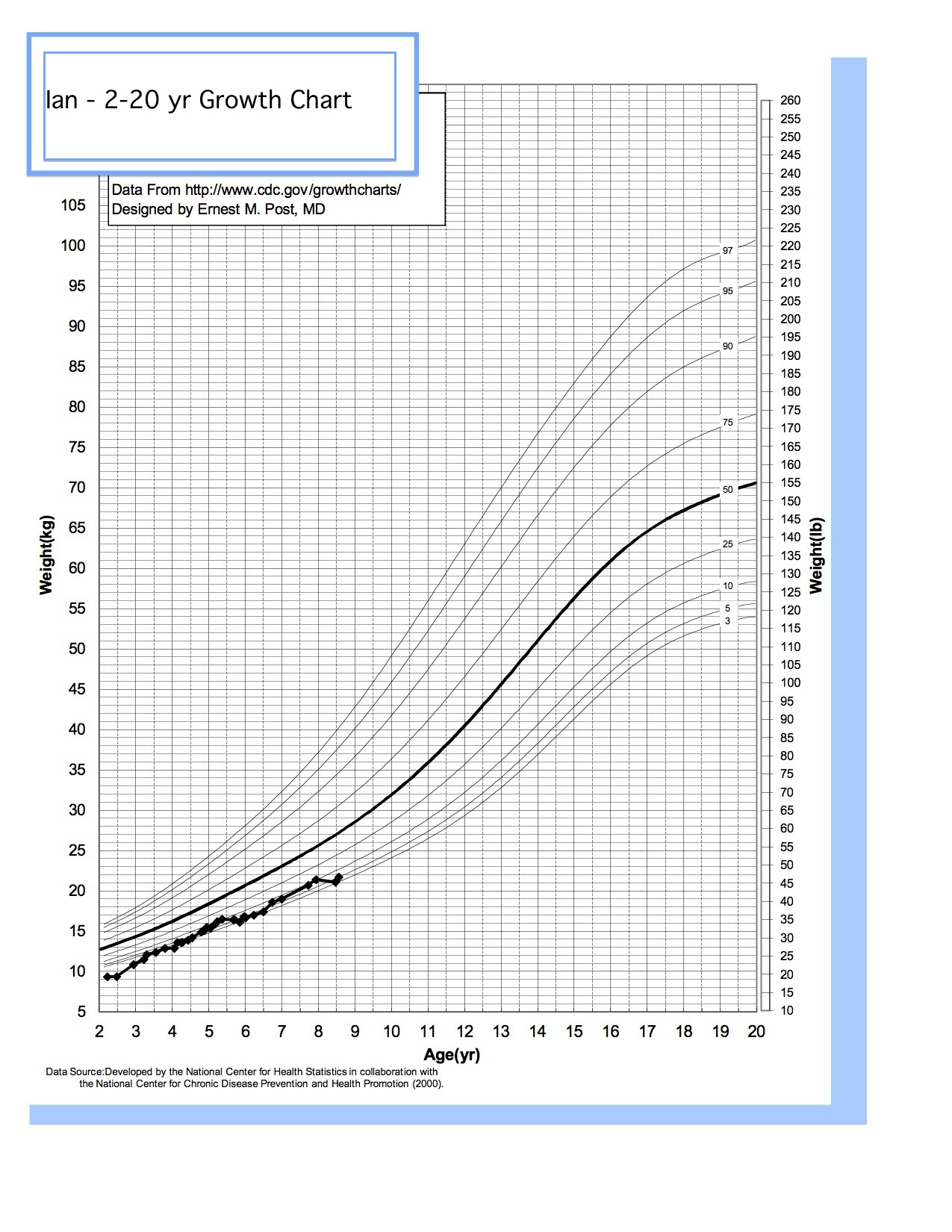




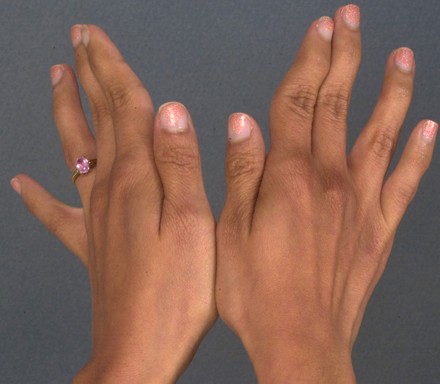

Post a Comment for "Russel-silver Syndrome"